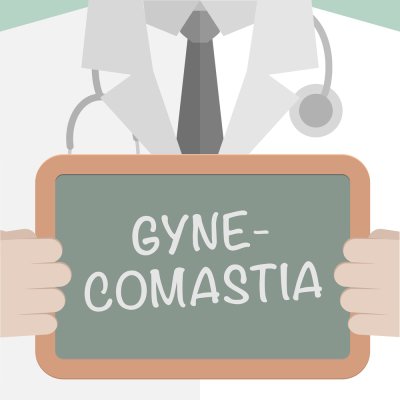Are you wondering if gynecomastia surgery in Manhattan is right for you? Found in about half of all men, gynecomastia describes an enlargement of the breast tissue. This condition can affect men at any age, making it a common ailment found in teenagers, men in their 50s, and all ages in between.

Candidates
Gynecomastia is not a serious medical problem, but it can have a significant impact on your self-esteem and mental health. This condition can sometimes resolve on its own, usually when the patient is overweight, through healthy diet and regular exercise. Gynecomastia surgery is ideal for men who do not smoke or use drugs, are healthy and at an ideal weight, and have stabilized breast development. For men who meet these criteria, they can expect to be treated with liposuction, excision, or both of these for their treatment.
Liposuction
For your outpatient gynecomastia surgery procedure, you will receive a local anesthetic. When gynecomastia is the result of excess fatty tissue, your plastic surgeon will use liposuction treatment to remove the fat. This procedure consists of inserting a thin, hollow, tube called a cannula into the breast tissue through several small incisions. Your surgeon will move the cannula in a back and forth motion to loosen and then vacuum out the fat.
Excision
For patients who have excess skin around the breast or glandular tissue that may cause the gynecomastia to reoccur after surgery, the plastic surgeon may use excision as part of the procedure. This technique can be used to remove extra skin and glandular breast tissue, as well as to reposition the nipple or reduce the areola to create a more natural appearance. In some cases, both liposuction and excision techniques will be required to provide optimal results for the patient.
Recovery
Side effects of gynecomastia treatment typically include bruising, swelling, and a burning sensation. By wearing an elastic support garment, these symptoms usually disappear over the course of three to six weeks.

